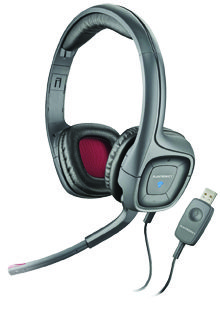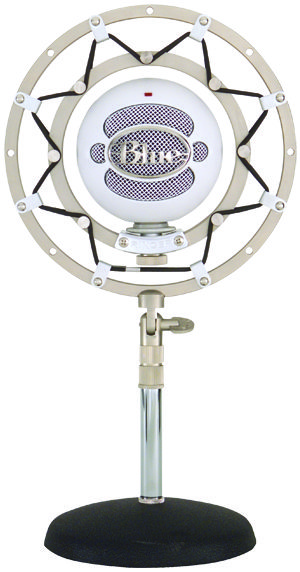How to start your own podcast.
In recent years, podcasts have become hugely popular—and with good reason: They are the perfect antidote to a long commute, infused with a DIY spirit and custom-built to fit your niche interest. Plus, they’re (mostly) free and highly addictive.
It’s because podcasting is such a do-it-yourself format that it has been able to grow into such a vast sea of voices—of which many, excitingly, are lesbian.
If you’re new to podcasting, The Lesbian Lounge is a fantastic listen. Out and proud co-hosts Denise and Donna keep the Sapphic dialog going despite the fact that they live on separate continents. 2 Homos is also a hilarious (if very NSFW) collaboration of married couple Roxanne and Virginia, who talk about whatever comes to mind—no topic is off limits. That’s just the beginning; there are numerous other options out there for your listening pleasure.
However, should you not find the right aural fit, just start your own show!
Podcasts are hard work, and have some up-front costs, but they’re also a ton of fun to make. It’s the wild, Wild West out there, so your only limitation is your imagination. From audio drama to interviews, to group discussions and even one-woman shows, you have the freedom to create something custom-fit to your desires…then you get to share it with the world. How cool is that?
Once you’ve decided it’s time to stop depriving the world of your unique view, you’ve got some decisions to make. The first: What format will your podcast be?
There are three basic types: A studio-style recording, group online recording, and mobile recording. The first involves one or more hosts recording in the same room.
The second is similar, only online. The last one is recorded anywhere you want using a multichannel recorder.
Once you’ve decided on a format, it’s time to shop! You’ll need a few things—in addition to a computer—including a microphone or recorder and editing software.
There is a lot of great—and pricey—equipment out there, but here are our recommendations for podcasting gear:
For recording in a studio-like setting, nothing beats Blue Microphones’ Snowball. This sexy little plug-and-play USB mic brings studio-quality sound home and is ideal for everything from recording music to podcasting. Plus, with its reasonable price, you aren’t going to go broke following your passion. Using Blue’s optional ringer shockmount, you’ll avoid picking up any banging or tapping noises—making for a polished, professional-sounding show. ($99, bluemic.com)
If you prefer to go the online route, a headset with mic may be your best bet. For our money, nothing beats the Plantronics .Audio 655. Like the Snowball, this headset is USB plug-and-play. Its lightweight, pillowy design makes it comfy, in addition to being easy to use. Most importantly, the audio is crisp, and at $50 it can’t be beat. (plantronics.com)

Should you crave flexibility and plan to host your show on the go, a portable recorder is best. It’s important to get a good one, as controlling background noise can be challenging and you’ll something flexible enough to pick up more than one person speaking at a time. Or favorite is the Zoom H4N. By crossing two condenser mics in an “x/y” formation, it’s able to record in all directions. ($300, zoom.co.jp)
The next step is to make sure you have the correct software to bring your broadcasting dream to life. For Mac users we recommend GarageBand for studio format shows—and editing all three types. For PC users, Audacity is a free and functional choice for recording and editing, although when you’re ready to step things up, you’ll want to invest in higher-tier software like Mixcraft 5 from Acoustica. For podcasts recorded online, the combo of Skype and IMCapture (Mac and PC) is the way to go for reliable and relatively inexpensive results.
The final step in getting your wisdom, wit and winning personality to the listening masses is to select a hosting service. Most popular is PodOmatic, which offers free hosting along with paid options (with gradually increasing benefits). It’s also ideal for fledgling shows since it makes putting your podcast on iTunes a snap.
After that, you’ll have your gear and a way to reach listeners’ ears—now all that’s left to do is start recording and begin your podcasting adventure.
